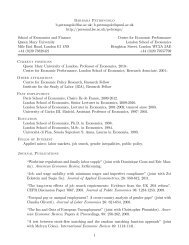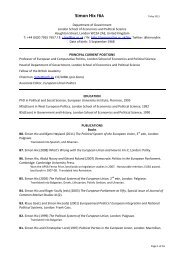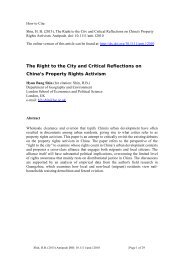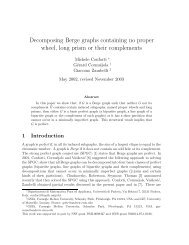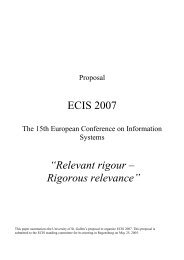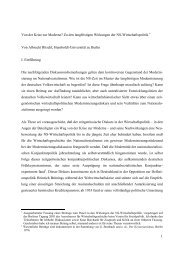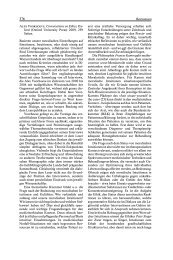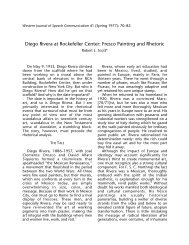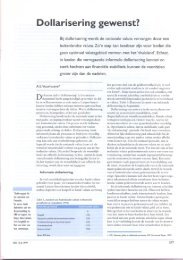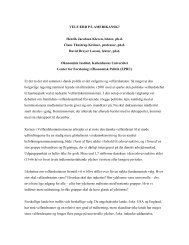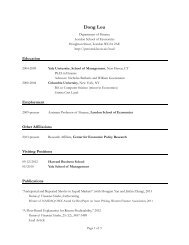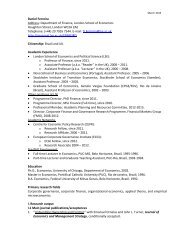Reference: MA, Debin. “The Great Silk Exchange: How the World ...
Reference: MA, Debin. “The Great Silk Exchange: How the World ...
Reference: MA, Debin. “The Great Silk Exchange: How the World ...
Create successful ePaper yourself
Turn your PDF publications into a flip-book with our unique Google optimized e-Paper software.
seventeenth century, British and Dutch merchants sailed fur<strong>the</strong>r eastward for direct<br />
purchase of raw silk for Europe. Over <strong>the</strong> next two centuries, Britain succeeded in bringing<br />
out substantial amounts of Chinese raw silk through <strong>the</strong> Chinese government’s restricted<br />
foreign trade port cities.<br />
Silver for silks: <strong>the</strong> emergence of a global market<br />
Although, by <strong>the</strong> time of <strong>the</strong> Cape Route breakthrough, Chinese silk had long lost its once<br />
exclusive appeal, Europeans still managed to play an important role by tapping into <strong>the</strong><br />
pre-existing trading circuit in <strong>the</strong> Pacific. This was well-illustrated by Portugal’s<br />
intermediary involvement in <strong>the</strong> on-going silver for silk trade between Ming China and<br />
Tokugawa Japan. In <strong>the</strong> 1530s, Ming China ended its century long official tribute trade with<br />
Japan because of unresolved disputes and also banned private trade. During that time, <strong>the</strong><br />
Japanese silk weaving sector relied heavily on <strong>the</strong> imports of Chinese raw silk (Fan and<br />
Wen 1993: 262). This led to <strong>the</strong> booming smuggling trade between China and Japan. Using<br />
Macau, a base it seized from China in 1557, <strong>the</strong> Portuguese traders launched <strong>the</strong> so-called<br />
triangular trade of Nagasaki-Macau-Canton that illicitly exchanged Japanese silver for<br />
Chinese silk. 13 Dutch as well as private Chinese merchants took over this transit trade in<br />
<strong>the</strong> early seventeenth century, using Taiwan as an intermediary base.<br />
The persistent outflow of precious metals from Japan to China helped prompt <strong>the</strong><br />
Tokugawa shoguns’ tight control of foreign trade and, in particular, <strong>the</strong> sweeping<br />
restrictions imposed in 1685 on imports of Chinese silk (Morris-Suzuki 1992: 106). These<br />
measures provided powerful incentives for creating a domestic supply of raw silk for <strong>the</strong><br />
14



